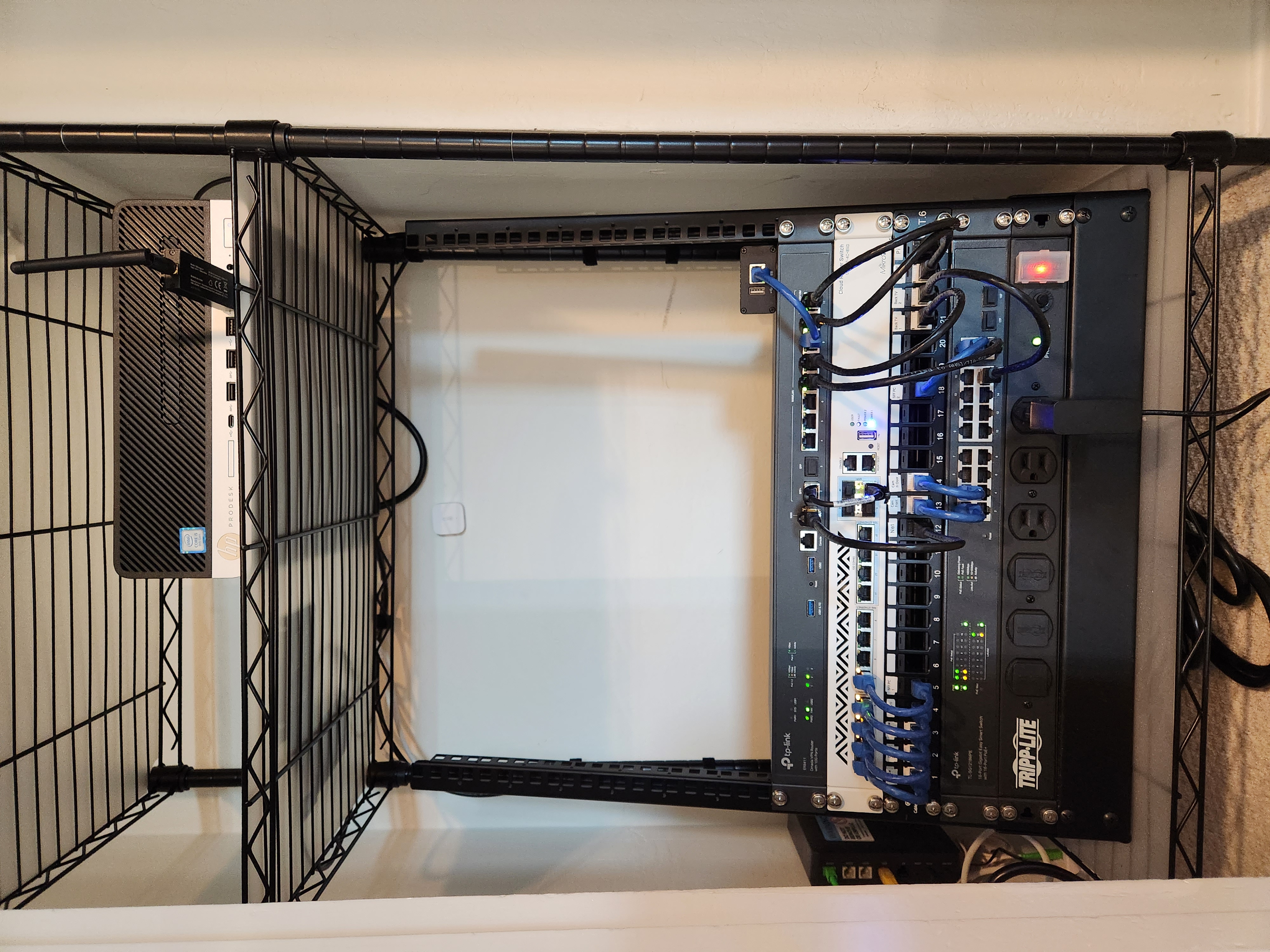Sorry for the long post. tl;dr: I've already got a small home server and need more storage. Do I replace an existing server with one that has more hard drive bays, or do I get a separate NAS device?
I've got some storage VPSes "in the cloud":
- 10TB disk / 2GB RAM with HostHatch in LA
- 100GB NVMe / 16GB RAM with HostHatch in LA
- 3.5TB disk / 2GB RAM with Servarica in Canada
The 10TB VPS has various files on it - offsite storage of alert clips from my cameras, photos, music (which I use with Plex on the NVMe VPS via NFS), other miscellaneous files (using Seafile), backups from all my other VPSes, etc. The 3.5TB one is for a backup of the most important files from that.
The issue I have with the VPSes is that since they're shared servers, there's limits in terms of how much CPU I can use. For example, I want to run PhotoStructure for all my photos, but it needs to analyze all the files initially. I limit Plex to maximum 50% of one CPU, but limiting things like PhotoStructure would make them way slower.
I've had these for a few years. I got them when I had an apartment with no space for a NAS, expensive power, and unreliable Comcast internet. Times change... Now I've got a house with space for home servers, solar panels so running a server is "free", and 10Gbps symmetric internet thanks to a local ISP, Sonic.
Currently, at home I've got one server: A HP ProDesk SFF PC with a Core i5-9500, 32GB RAM, 1TB NVMe, and a single 14TB WD Purple Pro drive. It records my security cameras (using Blue Iris) and runs home automation stuff (Home Assistant, etc). It pulls around 41 watts with its regular load: 3 VMs, ~12% CPU usage, constant ~34Mbps traffic from the security cameras, all being written to disk.
So, I want to move a lot of these files from the 10TB VPS into my house. 10TB is a good amount of space for me, maybe in RAID5 or whatever is recommended instead these days. I'd keep the 10TB VPS for offsite backups and camera alerts, and cancel the other two.
Trying to work out the best approach:
- Buy a NAS. Something like a QNAP TS-464 or Synology DS923+. Ideally 10GbE since my network and internet connection are both 10Gbps.
- Replace my current server with a bigger one. I'm happy with my current one; all I really need is something with more hard drive bays. The SFF PC only has a single drive bay, its motherboard only has a single 6Gbps SATA port, and the only PCIe slots are taken by a 10Gbps network adapter and a Google Coral TPU.
- Build a NAS PC and use it alongside my current server. TrueNAS seems interesting now that they have a Linux version (TrueNAS Scale). Unraid looks nice too.
Any thoughts? I'm leaning towards option 2 since it'll use less space and power compared to having two separate systems, but maybe I should keep security camera stuff separate? Not sure.



Companies usually handle this by using a hardware vendor with on-site support (like Dell) for hardware issues, and a Linux distro with corporate support (like RedHat) for software issues. Definitely more than a regular user would be willing to pay, though.